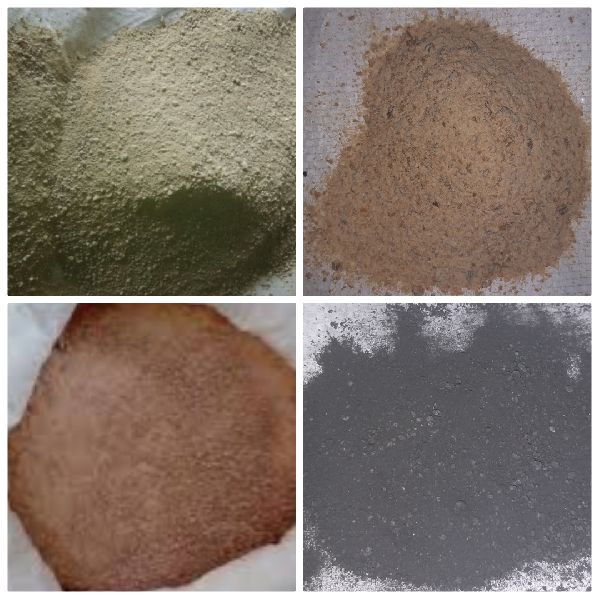Demos mono artistsnetwork
Table of Contents
Table of Contents
If you love drawing, chances are, you’ve had a desire to draw animals. However, drawing small animals can be particularly challenging. In this post, we’ll go over some tips and tricks for how to draw small animals, so you can improve your artwork and create more realistic and detailed images.
Pain points related to drawing small animals
Many people struggle with drawing small animals, particularly those who are new to drawing. Common challenges include getting proportions right, creating texture and detail, and making the image feel lifelike. People may also struggle with coming up with ideas for what animal to draw, or feel overwhelmed by the many different styles of animal art that are out there.
Answering the target of how to draw small animals
First and foremost, it’s important to remember that drawing small animals is a skill that can be learned, just like any other type of art. One helpful tip is to start with basic shapes, such as circles, triangles, and squares, to build out the animal’s structure. You can then add details and texture, such as fur or scales, to make the image look more realistic.
Another key technique for drawing small animals is to carefully observe the animal you want to draw. Look at reference images online, or even try sketching live animals if you have access to them. Pay attention to things like the animal’s posture, facial expressions, and the way its fur or feathers sit on its body. All these details can help you create a more authentic and lifelike image.
Ultimately, the key to mastering small animal drawing is patience and practice. Keep working at it, and don’t be afraid to try new techniques or experiment with different styles until you find what works for you.
Tips for drawing small animals
When it comes to drawing small animals, there are a few key tips to keep in mind:
1. Start with basic shapes
As we mentioned above, starting with basic shapes can help you build out the structure of your animal and get proportions right.
 #### 2. Observe your subject carefully
#### 2. Observe your subject carefully
Take the time to really look at your animal subject, paying attention to details like posture, expression, and fur or feather patterns.
 #### 3. Experiment with texture and shading
#### 3. Experiment with texture and shading
Small animals often have intricate textures and patterns that can be challenging to capture. Try experimenting with different techniques, such as crosshatching or stippling, to create depth and texture.
 #### 4. Practice consistently
#### 4. Practice consistently
Like any skill, the more you practice, the better you’ll get. Try to spend some time each day or week working on your small animal drawing skills.
 How to choose an animal to draw
How to choose an animal to draw
If you’re struggling to come up with ideas for which animal to draw, there are a few things you can consider. First, think about your favorite animals or the ones you find most interesting. You can also choose based on the challenges they present - for example, a bird might be a good subject to practice feathers, or a cat might be a good subject to practice fur.
Another option is to choose based on the season or occasion. For example, you might choose to draw a rabbit or chick around Easter, or a reindeer or penguin around the holidays.
Creating a finished piece
Once you’ve started to get the hang of small animal drawing, you may want to try creating a finished piece of artwork. This can involve using different materials, such as colored pencils or watercolors, and experimenting with composition and background. Remember to keep practicing and refining your skills as you go!
Question and Answer
Q: What if my animal looks unrealistic or disproportionate?
A: This is a common challenge when it comes to drawing small animals. If this happens, try referencing more artwork or photos online, and using realistic tutorials. You can also try breaking the animal down into even smaller shapes or components to help get proportions right.
Q: What materials should I use for small animal drawing?
A: This can depend on your personal preference and style, but some common materials include pencils, markers, colored pencils, and watercolors. You may want to experiment with a few different options to see what works best for you.
Q: How can I avoid getting frustrated while drawing small animals?
A: Small animal drawing can be challenging, but it’s important to remember to stay patient and persistent. Take breaks when you feel yourself getting too frustrated, and come back to your artwork with fresh eyes.
Q: What if I’m not good at drawing small animals?
A: Drawing, like any skill, takes time and practice to develop. If you’re not happy with your initial attempts, remember that it’s okay to start small and work your way up. Focus on small steps, like getting proportions right or getting a particular detail just right, and build from there.
Conclusion of how to draw small animals
Drawing small animals can be a rewarding and enjoyable experience, but it can also be challenging. By following the tips and techniques we’ve gone over in this post, you’ll be better equipped to create realistic and detailed images of all your favorite animal subjects. Remember to keep practicing, stay patient, and experiment with different styles and techniques until you find what works for you.
Gallery
Www.june9.com | Easy Animal Drawings, Cute Animal Drawings, Animal Sketches

Photo Credit by: bing.com / cute animals easy drawings animal draw drawing sketches pencil cartoon chibi kawaii deviantart
1001+ Ideas And Inspiration On How To Draw Animals
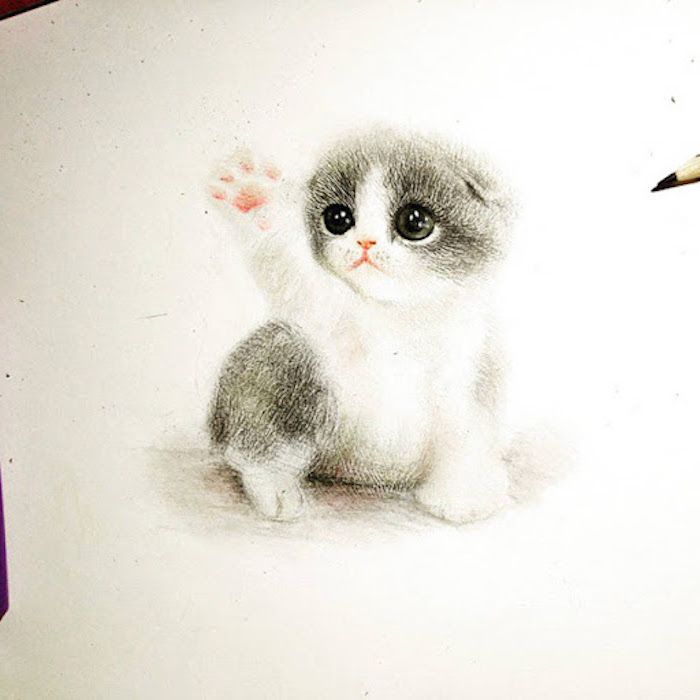
Photo Credit by: bing.com /
How To Draw Animals | An Easy Drawing Guide For Starting
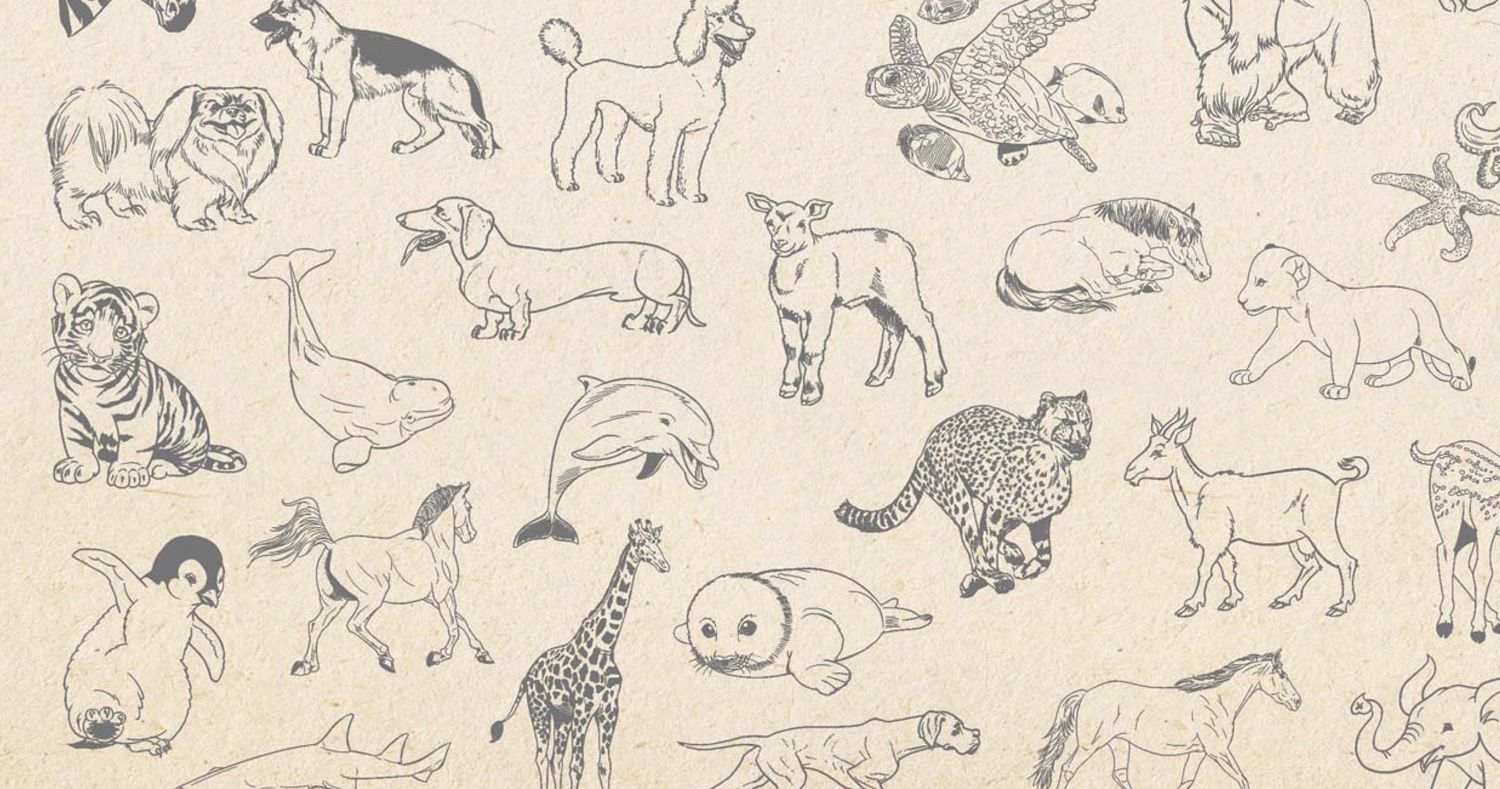
Photo Credit by: bing.com / demos mono artistsnetwork
Draw 25 Wild Animals (Even If You Don’t Know How To Draw!) - Art Starts
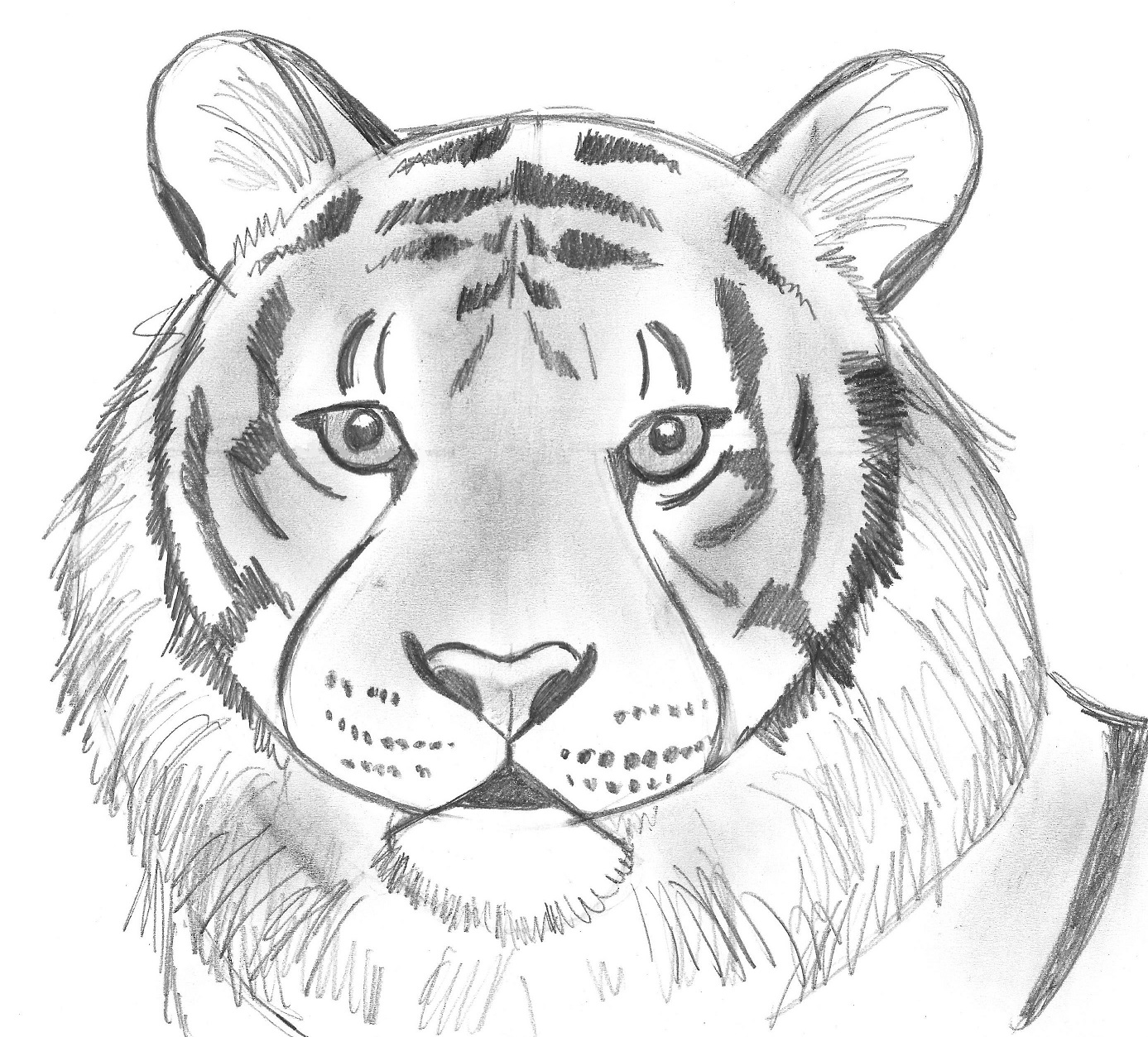
Photo Credit by: bing.com / animals drawing wild draw creative animal tiger small drawings sketch pencil realistic paintingvalley even don know if sample book lines
Free Cute Animal Drawings, Download Free Cute Animal Drawings Png
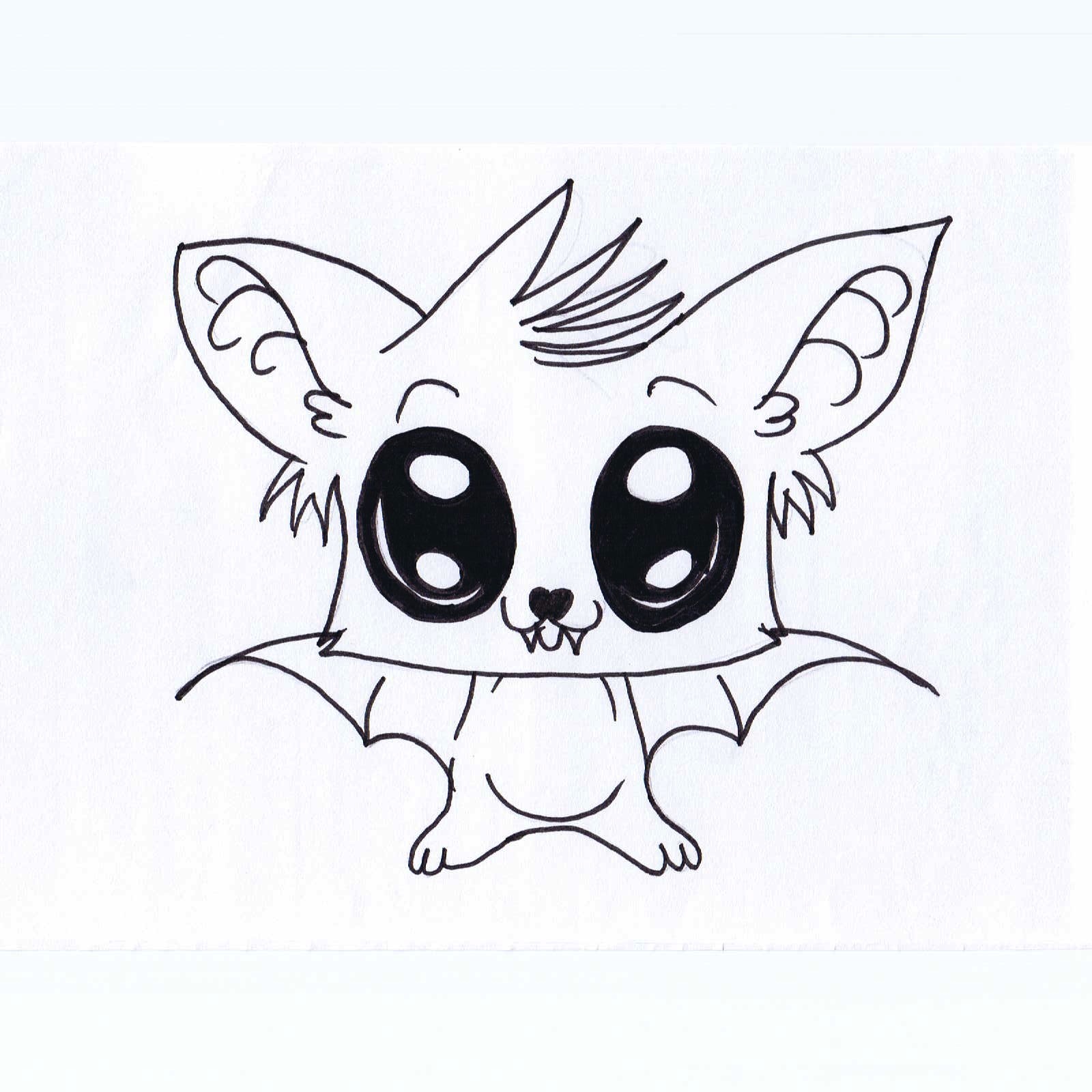
Photo Credit by: bing.com / cute animal drawings draw clipart library bat


